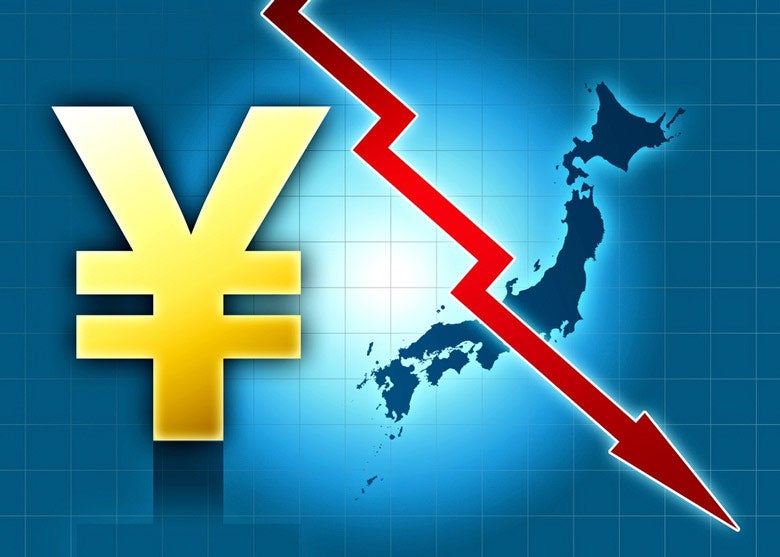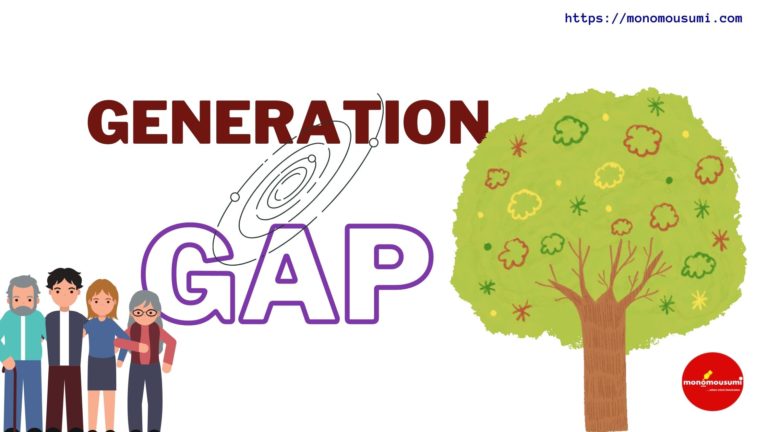
While many notable historical events have occurred in the political or social domain, changes in the economic landscape of a country can also affect the lives of its people in profound ways. The case of Japan’s lost decade shows how even one of the most socially rich and politically stable countries of the world can suffer a setback at the behest of the economic environment of the country.
Japan is the world’s third-richest country with its mighty GDP of 5.15 trillion and while everything looks good at the outset, the reality is a bit worrying. A look at the ranking of countries by real GDP growth rate where Japan stands on the 159th position reveals its dismal performance in the past few decades. But when did it all start?
The attached chart shows that the rising trend of GDP growth rate from 1970 onwards abruptly came to a halt in 1990 and started declining thereafter. While the Japanese economy showed some signs of recovery in subsequent years, it still hasn’t achieved the pre-1990 levels of growth yet. This period of economic stagnation from 1990-2000 is termed as the lost decade. Let us understand what it is all about.
In the 1960s and 1970s, Japan was heavily dependent on its exports and was enjoying a trade surplus with the U.S. The United States in an effort to reduce this deficit entered into the plaza accord on 22nd September 1985 with France, West Germany, Japan, and the UK. Under this agreement, the US committed to devaluing the dollar in relation to the Japanese yen and German Mark. But unfortunately for both the US and Japan, the plaza accord failed to serve its purpose. While the US deficit with Japan continued, the Japanese yen appreciated tremendously in the coming years rising from an average closing price of 238.47 Yen/USD in 1985 to 168.35 Yen/USD in 1986. The reason why Japan was upset by its rising currency was its falling export market and after struggling with recession for a while, the government responded by stimulating the domestic demand by slashing interest rates from 5% in 1986 to 2.5% in 1987. This resulted in what is called the economic miracle of Japan as stocks and real estate prices fuelled to record highs almost tripling from 1985 to1987. But as this asset price bubble kept expanding to unsustainable levels, the bank of Japan faced growing criticism from international forces to which the bank of Japan succumbed in late 1989 and hiked the interest rate. But this move was way off the mark as it plunged Japan into a deflationary spiral from which it hasn’t yet recovered.
The rise in interest rates led to a fall in the value of stocks and real estate due to which many borrowers defaulted on loans that were backed by these speculative assets. The banks had a balance sheet full of bad debts and obtaining credit became difficult. The government bailed the banks out of this situation but this was just the end of the initial shock. The shift in consumer demand that was initiated during this crisis hasn’t reverted to normal even now and this is because of the general consumer pessimism towards investments and spending. The loss they suffered in the 1990s prompted them to save as much as they could and a demographic trend of falling overall population and rising old-age population didn’t help either to stimulate demand. This ‘liquidity trap’ or a tendency to keep cash failed Bank of Japan’s last resort as well, i.e., to follow the zero interest rate policy. A constant fear that the interest rate might rise and an assurance that the prices will keep falling had completely stagnated Japan’s economy.
In recent times, policies like ‘Abenomics’ which took a three-pronged approach of printing new currency to increase exports, increasing government spending to raise money supply and taking reform measures aimed towards encouraging private and foreign investment in the economy; and ‘quantitative easing’ which involves buying of long-term securities by central bank in order to increase liquidity, have helped to boost the economy to some extent but these won’t help Japan in the long run until some structural changes like change in guaranteed lifetime employment scheme, the abolition of the keiretsu system (which forms a kind of business family among certain companies but at the same time make these companies inefficient due to decreased competition among said business family) and welcoming young immigrants by providing them citizenship are taken; the future for Japan looks…well, quite slow.
By Aditya Jha
Write and Win: Participate in Creative writing Contest & International Essay Contest and win fabulous prizes.


